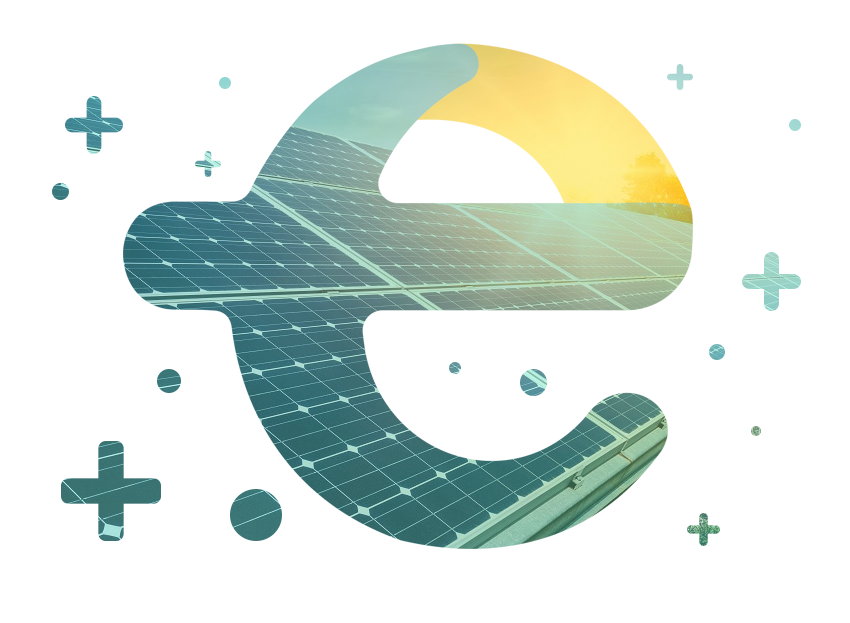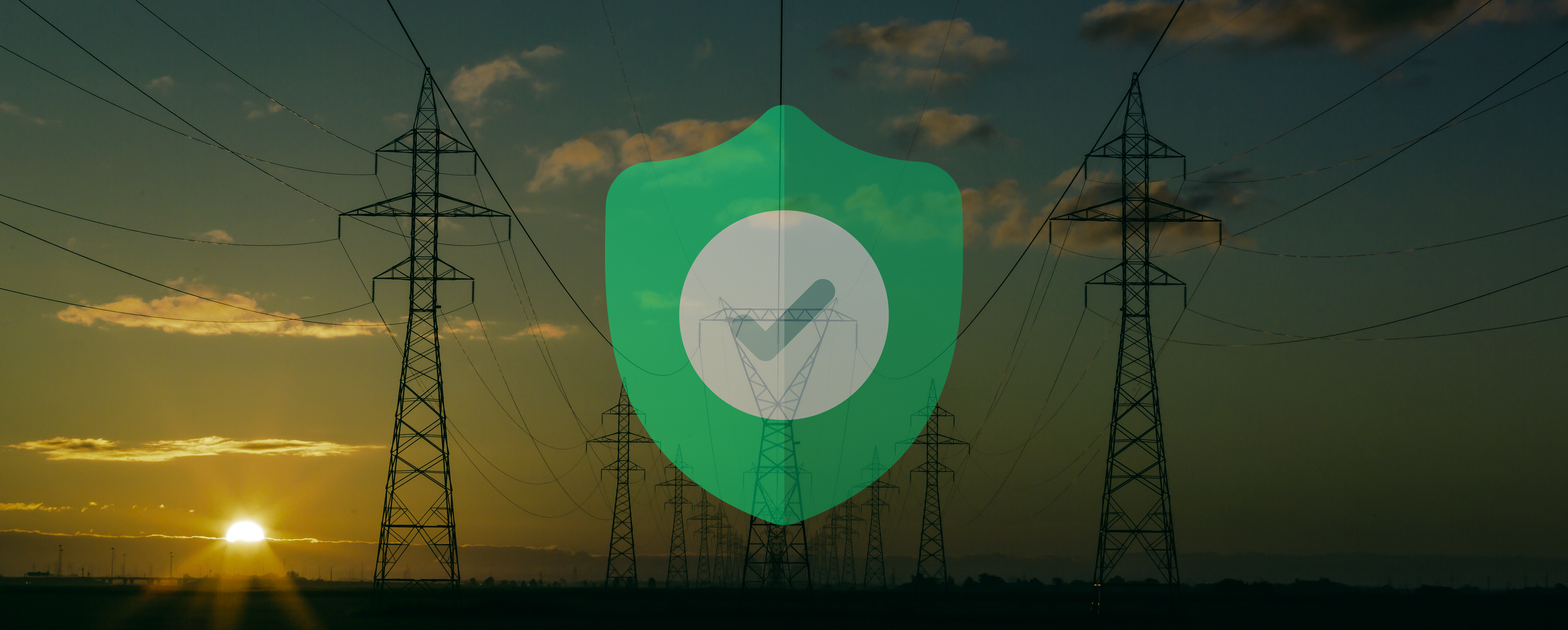The importance of SCADA (monitoring) systems in power plants
- Francesco Messina
- June 21, 2019
- 2 minutes
- 9:27 am

First of all, let’s look at the etymology of the term: SCADA is an acronym for “Supervisory Control And Data Acquisition.”
The need to control various industrial systems has always been one of the main objectives that drove humans during the industrial revolutions, with the aim of improving industrial processes.
The first discoveries of these systems date back to the 1940s and 1950s, when they consisted of electromechanical components and giant printers that took up entire rooms. Inevitably, with technological progress, they have undergone continuous transformation, becoming increasingly electronic, smaller, and more sophisticated systems, which, together with the evolution of the internet and countless applications, allow us to have the necessary information in real time or to send commands remotely at any time from anywhere on the planet (and beyond!).
Why are they important?
In the case of power plants in Romania, a good SCADA system is important for the following main reasons:
1. Because it allows us to intervene promptly and in a targeted manner in the event of breakdowns or maintenance, and to do so in complete safety.
2. Because it allows us to optimize imbalances in a timely manner by optimizing energy production.
3. Because the data collected by it allows us to perform analyses and statistics on the performance of the power plant.
All this translates into savings in economic resources and more.
What is a SCADA system?
A SCADA system is simply software that uses a communication protocol (CANbus, Modbus RTU TCP/IP) to interact with system components (sensors, inverters, cameras, etc.) and allows us to process the information collected accordingly, so that we can issue commands when necessary. It is a flexible system because it can always be automated and supplemented according to the requirements of the power plant.
What does the market offer?
For medium-sized installations, the market offers turnkey solutions that are easy to install and can be purchased through a subscription.
For large systems, customized solutions are usually used.
Regardless of the product we choose, and especially for customized variants, we must not forget an important parameter, namely security, because when a control system is accessible remotely, it becomes vulnerable to cyber attacks, attacks that can affect the operation and economic efficiency of the power plant.

TELENERGIA EUROPE S.R.L.
ROMANIA
Madrigalului Residence
42A Madrigalului Street
4th floor
013747 – Bucharest
+40 759 022 835
+40 314 252 990
VAT Code: RO35260194
Trade register: J40/14346/2015

TELENERGIA S.r.l.
ITALY
107A E. De Filippis Street
84013 – Cava De’ Tirreni
(SALERNO)
+39 347 333 6162
VAT Code: IT10041091009
Trade register: SA-404423





